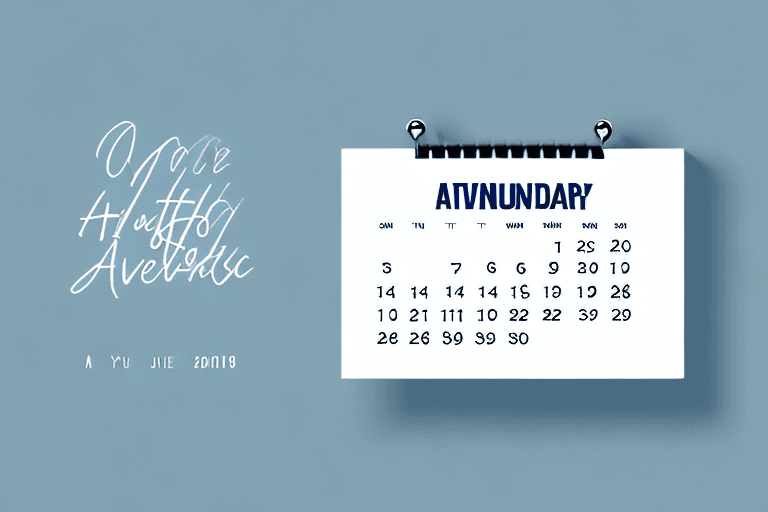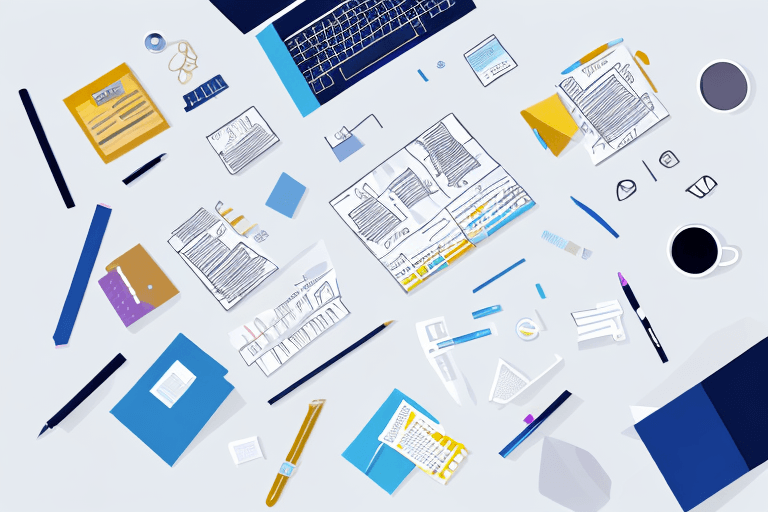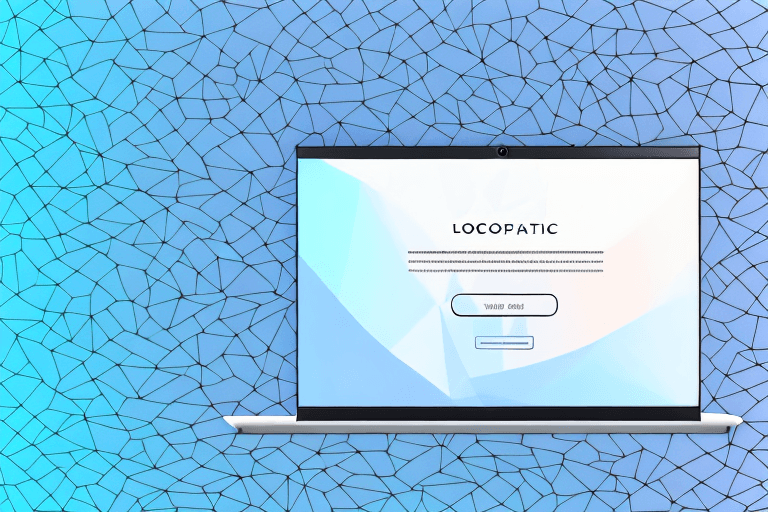Email marketing is a critical component of promoting upcoming events. With more and more people relying on their email inbox for communication and information, it's crucial that organizers craft engaging event email templates to maximize attendance. In this article, we'll delve into the importance and key elements of event email templates and explore best practices for crafting a successful email campaign.
Understanding the Importance of Event Email Templates
Event email templates are a crucial tool for event organizers looking to boost attendance and engagement, strengthen brand identity, and simplify event promotion. In today's fast-paced world, people are bombarded with countless emails every day, and it's essential to make your event stand out from the crowd. A well-crafted event email template can do just that.
Boosting Attendance and Engagement
One of the most significant benefits of using event email templates is their ability to increase attendance and engagement. By creating an engaging email, organizers can create anticipation for an upcoming event and encourage recipients to register or buy tickets. Effective event email templates can also provide valuable information about the event, including its benefits and what attendees can expect to gain.
For example, if you're organizing a conference, your email template could highlight the keynote speakers, breakout sessions, and networking opportunities. By providing this information upfront, you're giving potential attendees a reason to attend and making it easy for them to see the value in your event.
Strengthening Brand Identity
Another significant benefit of event email templates is their ability to strengthen your brand identity. With consistent branding across all touchpoints, recipients are more likely to recognize your brand and remember your events, even if they don't attend immediately. A consistent brand identity across all communication channels reinforces your credibility and helps build trust with your audience.
When designing your email template, make sure to use your brand's colors, fonts, and imagery. This will help create a cohesive look and feel that aligns with your brand's overall aesthetic. You can also include your logo and tagline to further reinforce your brand identity.
Simplifying Event Promotion
Event email templates can significantly simplify event promotion. By creating a template designed for reuse, organizers can save significant time and effort while promoting their events consistently across all communication channels. This consistency also helps ensure that all attendees receive the same messaging regardless of which communication channels they use.
For example, you could create a template for your event announcement, another for your event reminder, and a third for your post-event follow-up. By having these templates ready to go, you can quickly send out your event communications without having to start from scratch each time.
In conclusion, event email templates are a valuable tool for event organizers looking to boost attendance and engagement, strengthen brand identity, and simplify event promotion. By taking the time to create a well-crafted email template, you can make your event stand out from the crowd and ensure that your messaging is consistent across all communication channels.
When it comes to crafting an effective event email template, there are a few key elements that you should keep in mind. While the subject line is the first thing that recipients will see, there are other important factors that can help increase engagement and drive conversions.One important factor is the design of your email. While the content of your email is important, a visually appealing design can help draw in recipients and make your message more memorable. Consider using high-quality images and graphics that fit the theme of your event, and use a clear, understandable color palette that helps create an emotional connection with your audience.Of course, the content of your email is also crucial. Make sure to include all the necessary details about your event, including the date, location, and time. You may also want to include information about parking or transportation options to help attendees plan their trip. Keep your message clear, concise, and easy to read, so that recipients can quickly understand what your event is all about.Another important element of your email is the call-to-action. You want to make it as easy as possible for recipients to register or purchase tickets for your event. Consider using persuasive language like "Sign up now" or "Get your seat today" to create a sense of urgency and FOMO. And don't forget to place your call-to-action in a prominent location, ideally above the fold, where it's easy to find.Finally, personalization and segmentation can help make your email more effective. By segmenting your email list and creating custom content for each group, you can show your attendees that you value them as individuals. This can help foster a sense of loyalty and make them more likely to attend your event.By keeping these key elements in mind, you can create an event email template that is both engaging and effective. So start crafting your message today and get ready to see the RSVPs roll in!## Best Practices for Crafting Your Upcoming Events Email
Are you struggling to get your event noticed? Crafting an effective email marketing campaign can be the key to driving attendance and creating buzz around your upcoming events. Here are some best practices to keep in mind:
Timing and frequency of event emails
When it comes to email marketing, timing is everything. You want to ensure that your emails are reaching your audience at the right time to maximize their impact. Avoid sending emails too early, as people tend to forget event details that are far away from the current date. Instead, start sending email alerts at least six weeks before the event and increase the frequency of outreach as the event date gets closer. This will help keep your event top of mind for your audience and increase the chances that they will attend.
Utilizing preheader text effectively
The preheader text is the first line of your email, visible in most email clients below or beside the subject line. This text is a valuable opportunity to grab your audience's attention and encourage them to open your email. Make sure your preheader text is compelling and provides a clear call-to-action. Consider including incentives such as discounts or early bird pricing to encourage recipients to register for your event. By utilizing your preheader text effectively, you can increase the chances that your emails will be opened and read.
Incorporating social sharing options
Word of mouth is a powerful tool when it comes to promoting your event. By including social sharing options in your email template, you can encourage attendees to share the event on their social media platforms. This can help generate buzz and potentially reach a wider audience who may be interested in attending. Make sure to include clear and prominent social sharing buttons in your email template to make it easy for attendees to share your event with their networks.
Mobile optimization
With more and more people accessing their emails on mobile devices, it's important to ensure that your email templates are mobile-friendly and optimized for mobile users. Keep the design minimalistic and designed for the mobile screen, as big, high-quality images can load slowly on mobile devices. By optimizing your email templates for mobile, you can ensure that your content is accessible to all of your potential attendees, regardless of how they access their email.
By following these best practices, you can create an effective email marketing campaign that drives attendance and generates buzz around your upcoming events. Remember to always keep your audience's needs and preferences in mind when crafting your emails, and you'll be sure to see success.
Conclusion
Creating a successful upcoming events email template can seem daunting, but by following the guidelines outlined in this article, organizers can build a template that drives engagement, increases event attendance, and strengthens brand identity. By utilizing best practices such as segmentation, timing, and frequent outreach, organizers can make their email campaign experience higher open and click-through rates.




